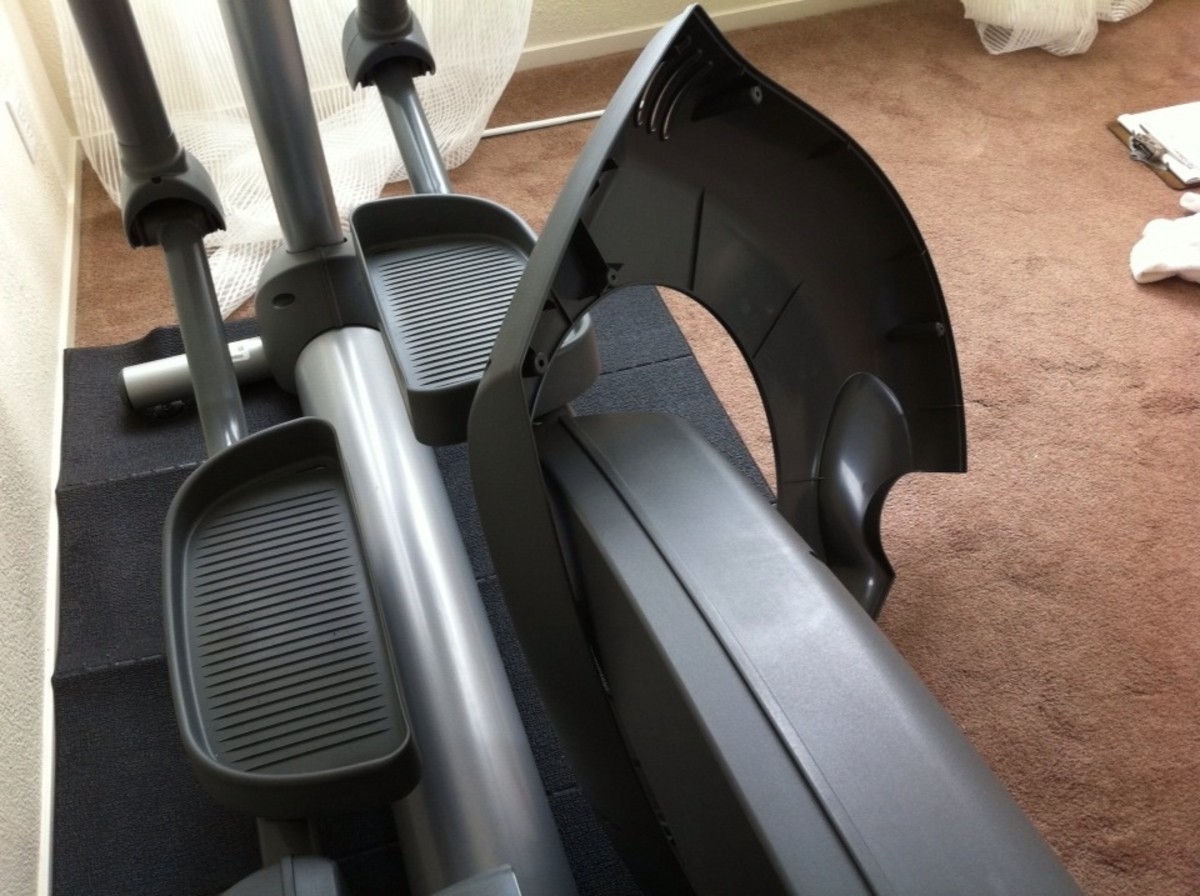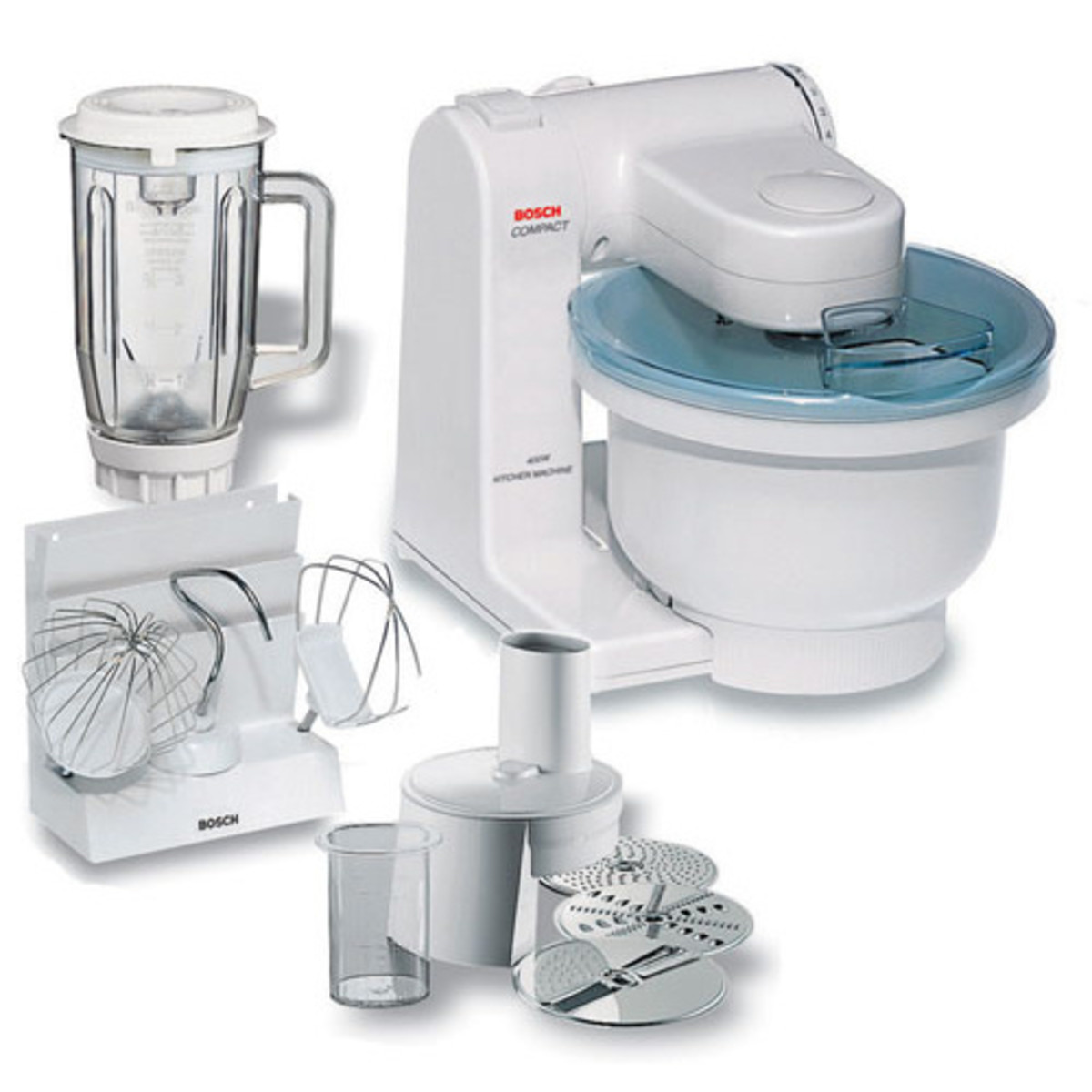How To Make Your Own Humidifier For Free
How to make your own humidifier
If you're like me, you hate dry winters and spending money on objects. If you're not like me, you probably are wasting your time reading the rest of this.
To make your own humidifier at home (I use mine for my bedroom to counteract the dry atmosphere and the central heating system), there are a few simple household items you will need. First off, a working fan. Depending on the type of fan, small box fan, large box fan, tall fan, etc. you will need to adjust your setup. But for the sake of explanation, I'll speak of my setup. I have one of those tall, skinny fans that have a rotating cylinder in the middle with small fins instead of the traditional blades. It rotates like a tornado inside the fan's housing. But enough about the physics, the point is, it's tall and blows. Now, what you do is you get an old but laundered fabric: it can be an old t-shirt, boxers, a hand towel, regular towel ... whatever. Your choice of fabric will be important though, as I will describe soon enough. Just make sure that you do not intend on using this fabric (I'm gonna go with anything mostly cotton as the best kind) for it's regular intended purpose, as will also be explained later. Next, you will need a basin of some sort. I just happen to have a puke bucket that I guess was meant to be sold to be used with a mop. Whatever, that's a good size. Finally, you will need some sort of stand. I use my guitar stand (see picture of orange guitar above) and a coat hanger to hang the fabric on.
Now for the setup. The most important thing is to put this in a place where you will not trip over it and knock it over, causing quite a flood. Also, think about where the fan's air is going to be pointing. Some people like the air being blown at them, others don't. Some point it upwardish. You can position your home-made appliance to blow however you want, except directly at a wall if the wall is less than a foot or two away. That will just make your wall perma-wet and probably moldify it. So you've decided on a location and direction for it to blow. Now set up the fan as normal. Next, fill your basin with water. I urge you to not use store-bought water and get it from your tap. Now, as I make my way down from my soap box, you should find your piece of cotton cloth and your hanging apparatus. Hang the cloth anywhere from 6-18 inches from the fan. Then place the basin full of water below the apparatus so that the cloth reaches the bottom of the basin. This is important. Let the cloth soak up water for a while, you'll see the wet line creep higher and higher. It doesn't need to be soaked completely, but it has to be wet beyond the top of the basin in order to work. Now turn the fan on. If you've ever used an indoor clothing hanger to dry your just-washed clothes, you'll understand what's going on...sort of. Basically, the way it works is that you have a wet cloth that is being blow-dried by the fan, and as it is getting dry, it is also wicking up water from the basin, so that as long as the basin has water in it, and the cloth is reaching the bottom of the basin, the cloth will wick up water. That constant "drying" of the cloth means that the liquid from the cloth is being dispersed into the air via evaporation. And thus, humidifying your room.
A few points from earlier, when you use tap water, the minerals in it tend to build a residue on the fabric that may stain, depending on your water situation. It's harmless...I mean, you wash yourself and brush your teeth with the water, it's the same stuff. But it may make your cotton-based object less than presentable. I'd recommend washing it every week or two, but just a rinse and wring out in the sink would work fine too. It also gets out any dust or crap that has accumulated on it as a result of whatever air is being thrust through the fan onto it. On the same note, change and wash the basin once a week. You may want to do it more or less, depending on how often you're humidifying, but you want the water to be clear of that same dust/dirt kinda stuff too. Now, also earlier I said the choice of fabric matters, as does the fan. These are good things. Most store-bought humidifiers have very little controllability in terms of how much vapor they spew into your air. I found myself turning it on and off all the time when I had a conventional humidifier. With my setup, you have complete control, and with some experience, never have to worry about turning it on and off. The point being, the harder the breeze, the more vapor is going into the air, also, the larger and thicker the material, the more vapor is going into the air. So maybe start with something small like your teenage daughter's pit-stained tube top, or a washcloth (basically the same thing), and put the fan on a low blow setting to see, and then increase from there. Remember, the wetness line needs to be above the top of the basin, otherwise, you're just soaking your stuff in a bucket... It should produce the effect of a sail on a sailboat catching wind and that part of it should be wet at all times. If it's not, you can move the fan further away, turn the power down, or get a thicker cloth. It's all up to you and that's what's cool about it, it's so customizable and can be done with just about anything in the house. I will say that if you are having trouble hanging the cloth, you CAN drape it over the front of the fan, provided that it is not completely obstructing the fan's blow, because that will overheat the motor and may cause a fire or something. You also have to worry about getting electrocuted, considering you're putting something wet onto something running electricity. So use common sense, and if you don't have it, borrow from a smart friend.
Here's a little diagram that may help you if you're still confused at this point:
Left to right side view:
cloth
( ) air flow ////// moist air
(Fan) ~~~~~~~~~> ////// ~~~~~~~~~~>
( ) _________//////__
( ) I Basin ////// I
I ////// I
------------------------
The air doesn't ACTUALLY pass through the cloth, this is just to show that moist air comes off the cloth as the fan blows onto it. Also, my cloth doesn't reach the bottom of the basin like it should, just couldn't figure out how to make that happen on the computer.
Cheers.



